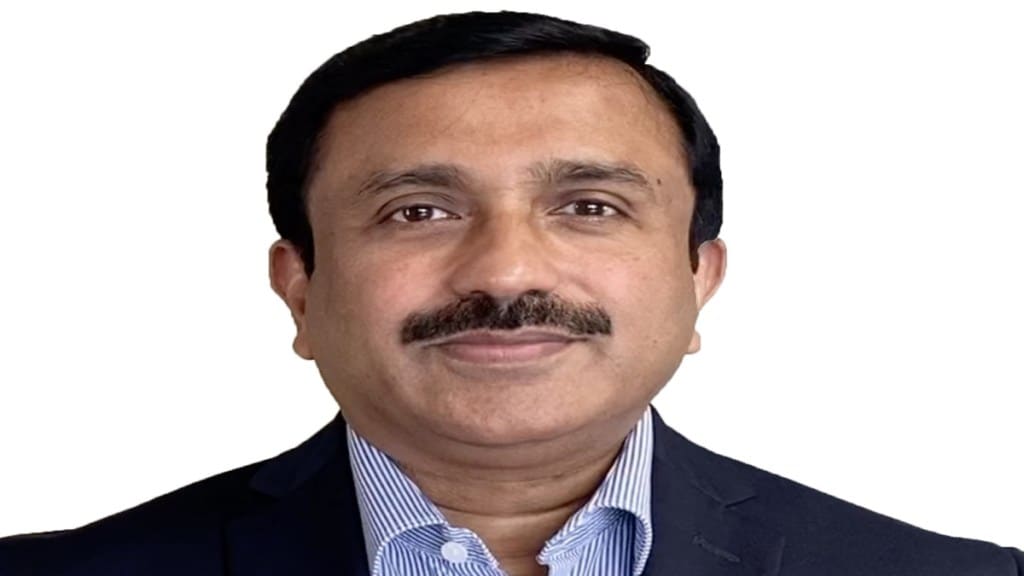The ongoing Ukraine-Russia-Ukraine war has proved how 5G can be used in the battlefield. This can be used in different technologies in some form or the other, causing minimum human loss. This means in simple terms the fifth generation cellular wireless is set to take the former standard network performances to another level.
Requirement of the Indian Army
Financial Express Online in July reported that the Indian Army had issued a request for information (RFI) looking for proposals from businesses to supply the technology for 4G and 5G cellular networks, which soldiers stationed in the area can use.
The Indian Army’s field forces stationed in the mountainous, semi-mountainous, or high-altitude region will utilise the proposed network. The network is intended to offer dependable and secure voice messaging and data services to support field formations’ operating needs. Currently secure radio frequency is available along with satellite mode. The requirement for 4G and 5G is needed urgently by the armed forces and it helps in faster data transfer as well as communication.
STL has always been at the forefront of designing and building highly secured infrastructure for the defence forces and has an end-to-end network modernised solution for defence forces that focuses on building a technology-enabled defence ecosystem.
Praveen Cherian, CEO Network Services at STL, in conversation with Huma Siddiqui shares more details about the company’s efforts to connect and secure the country’s borders.
Following are excerpts
How STL is building a high-capacity private network backbone and end-to-end communication network linking multiple naval sites & Indian administered islands?
A robust digitally advanced defence infrastructure is a top national priority and we are proud to play a part in the same. The company is working to connect and secure the country’s borders and also modernise networks of the defence forces to place Indian Defence at par with the most digitally advanced forces in the world. This is a pursuit we are passionately connected to. We have built the Indian Army’s fibre network in the toughest terrains of Jammu and Kashmir.
We are also working with the Indian Navy to establish an ultra-modern, highly secure and seamlessly integrated naval network covering mainland to islands including Andaman Nicobar & Lakshadweep. Thus, providing seamless coverage, unprecedented information security, enhanced bandwidth and advanced data center with a private cloud ecosystem centrally monitored through Network & Security Operations centers, we are connecting every node for the Indian navy.
We have designed Implemented, and currently managing the PAN India network comprising multiple state-of-the-art Cloud data centers, Telepresence studios, HD auditoriums, Satellite stations and various network elements. This Private IP MPLS Network & Cloud Datacenters not only provides voice, video & data services but also content delivery network, big data, AI/ML driven use cases to naval users.
Also Read: Indian Army sends RfI for 4G/5G for High Altitude along LAC
4G and 5G networks are needed urgently for faster communication and data transfer — so how is STL going to offer their expertise which is better than the others who are also in the race?
We have capabilities and experience on both the network side and on the systems side. Optical fibre plays a big part of any 4G and 5G connectivity as that is what gets the reliability and latency into any network. On the network side we have deployed nearly 50000 km of fibre in India and are currently managing the most complex network in the country which is the army network in J&K. On system integration we have worked with several public and defence enterprises to design, build and manage their network, data centers, Network Operations Centre, and Service Operations Centres. We have special expertise of delivering solutions at scale with strengths across large scale projects, big picture thinking, strategic alliances and technology and automation.
Has your company responded to the RFI issued by the Indian Army?
Yes.
You say that the company has an end-to-end network modernised solution for defence forces that focuses on building a technology-enabled defence ecosystem. What exactly is it?
Since the onus of ensuring reliable and instant access of data falls on network infrastructure, there is a pressing need to modernise networks and enable the performance of almost all technologies that sit on top. One careful look at today’s networks and it’ll be difficult to not notice that it follows a ‘build-on-top-of-legacy’ approach which might not unlock the full potential of these networks. STL’s network modernisation approach is custom designed to suit the needs of the defence forces. Firstly, defence organisations need a highly secure private network backbone. Defence forces are also striving to get jointness into the networks, where network design and integration plays a huge role. On top of this a defence connectivity is not only about the network but also about building a connected ecosystem which spans data centres, control centres and so on.
STL has the capability of modernizing any network starting from the physical layer to the application layer. Our solution involves building highly secure and advanced networks, designing and building data centres and other elements of a connected ecosystem. We are also building specific use cases for the forces like intrusion detection through fibre optic sensing. This solution has the potential to technologically secure the borders and bases and save hundreds of lives of our brave soldiers.


